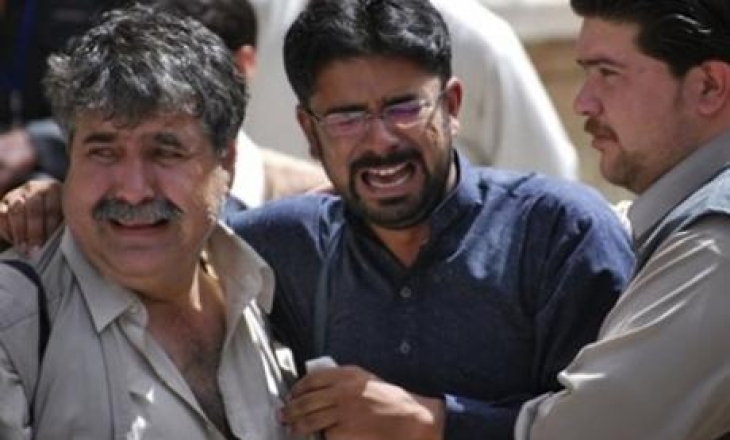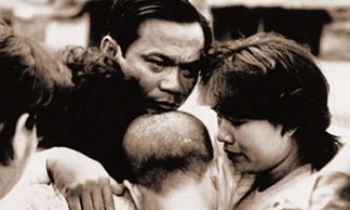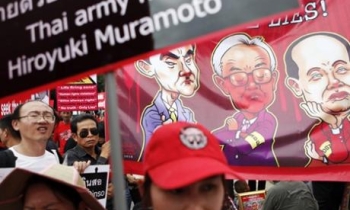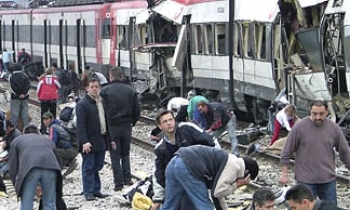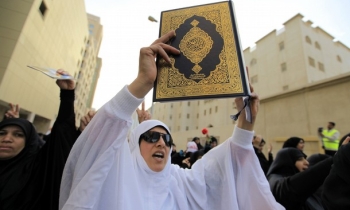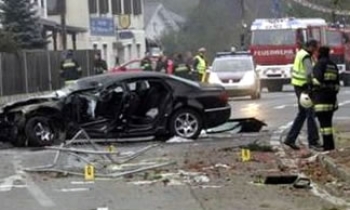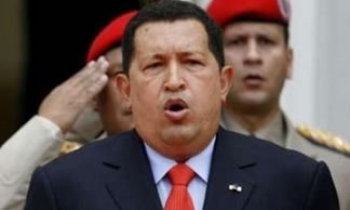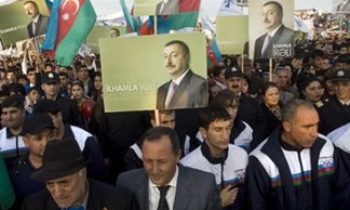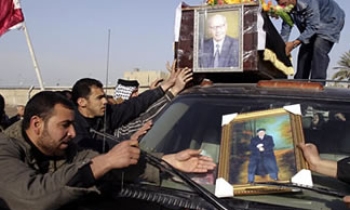As suicide attacks multiplied, Pakistan became the world’s deadliest country for the press in 2010 with eight journalists killed in connection to their work, constituting a significant portion of the worldwide death toll of 42, the Committee to Protect Journalists found in its year-end analysis.
Iraq with four killings, followed by Honduras and Mexico with three killings each, also ranked high for journalism-related fatalities, CPJ’s analysis found. The worldwide toll reflects a notable drop from 2009, when a massacre in the Philippines drove the number of work-related deaths to a record 72. CPJ is investigating the deaths of another 28 journalists who died in unclear circumstances in 2010.
“The Philippine massacre and the conflict in Iraq pushed the number of journalists killed in recent years to record levels,” said CPJ Executive Director Joel Simon. “The killing of 42 journalists in 2010, while a decline over previous years, is still unacceptably high and reflective of the pervasive violence journalists confront around the world. From Afghanistan to Mexico, Thailand to Russia, the failure of governments to investigate crimes against the press contributes to a climate of impunity that ultimately fuels further violence.”
Murder was the leading cause of work-related deaths in 2010, as it has been in past years. But deaths in combat-related crossfire and in dangerous assignments such as street protests constituted about 40 percent of the 2010 toll, a larger portion than usual. Suicide bombings and crossfire in Pakistan, Afghanistan, Thailand, and Somalia accounted for the unusually high proportion.
Worldwide, nearly 90 per cent of the victims were local reporters covering issues that affected their communities. Internet-based journalists constituted an increasing portion of the death toll with at least six killed in 2010. Among all 2010 victims, the most common beats were politics, corruption, culture, and war. CPJ research shows that about 90 per cent of journalist murders go unsolved despite the fact that many victims—60 per cent in 2010—reported receiving threats in the weeks before they were killed.
Here are other trends and details that emerged in CPJ’s analysis:
- Broadcast reporters constituted nearly 40 per cent of the victims, the largest single professional category. That’s a departure from long-term CPJ data that show print reporters as the single largest category.
- One journalist died in prison in 2010. Cameroonian editor Germain Cyrille Ngota Ngota was jailed after he and other journalists asked a presidential aide about alleged misuse of state oil company funds. Although an initial death certificate faulted prison officials for neglect, the government denied responsibility.
- Four media support workers were killed worldwide, three of them in a bomb blast that destroyed the Baghdad offices of Al-Arabiya television.
- Five journalists were reported missing during the year, three in Mexico and one apiece in Sri Lanka and Ukraine.
- Nine freelance journalists were among the 2010 victims, a number consistent with past years.
- Among murder victims, more than 60 percent had reported receiving threats in the weeks before they died. Long-term CPJ research shows that physical attacks are often preceded by phone or electronic threats.
- Other places with media fatalities were: Nigeria, Indonesia, Yemen, Colombia, India, Greece, Lebanon, Uganda, and Rwanda
CPJ has compiled detailed records on journalist fatalities since 1992. CPJ staff members independently investigate and verify the circumstances behind each death. CPJ considers a case work-related only when reasonably certain that a journalist was killed in direct reprisal for his or her work; in crossfire; or while carrying out a dangerous assignment. Cases involving unclear motives, but with a potential link to journalism, are classified as “unconfirmed” and CPJ continues to investigate.

